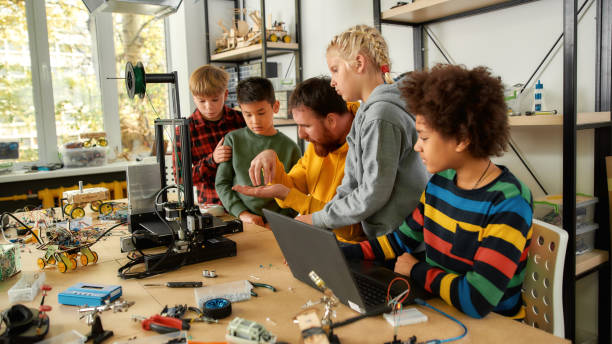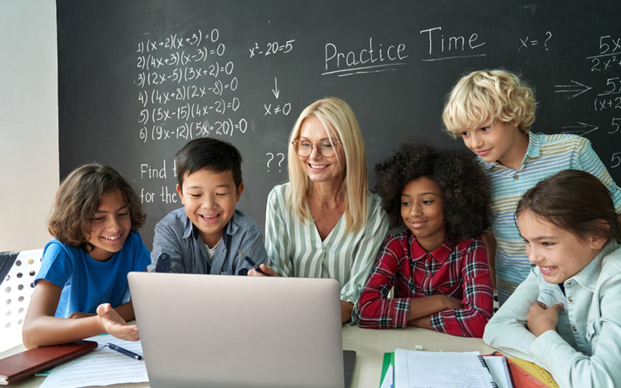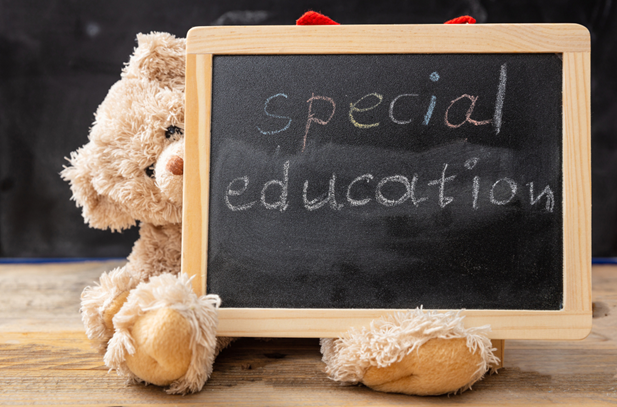
The Best Modern Education
admin
- 0
Education – In many ways, teachers who employ innovation in their classrooms are like those who do not. A competent instructor examines her comprehension as well as the assessment-specific guide. They treat their teachers in a way that is best for them, create a positive learning environment, and, particularly exceptional teachers, collaborate with a wide range of partners to offer a humane approach to addressing all their students’ issues.
The Best Modern Education:
What does it mean to incorporate technology into education?
The use of innovations to improve learning opportunities is implicit in the mix of innovations in education. Students are effectively engaged in achieving their learning objectives by making use of a variety of study room innovations, including virtual rooms. In a similar vein, cutting-edge methods open the door to individualized instruction to meet the unique needs of substitutes as individual students within a larger classroom.
The best way to use technology in the classroom There is a common misconception that technology settlements in classrooms can be costly for school placements; however, there is no guarantee that students will require their tablets and workstations to participate in innovation. When innovatively teaching the entire class, deaf and blind students may be more motivated to learn. Simple progress, games, online assignments, and online assessment frameworks can all play an important role in student development in the classroom. If you need technology, teachers can benefit from online discounts as well.
Online project:
Through stages of learning like Blackboard, Brightspace, Moodle, etc., publishing academic assignments online is one way that a lot of teachers are starting to make it easier for students to innovate in their study rooms. Preterm infants’ engagement and ability to demonstrate greater coordination may increase because of the task’s open-ended nature.
System for online evaluation:
Communication is an important part of training that helps teachers, supervisors, parents, and students identify strengths and weaknesses in their students. Internet review frameworks like PowerSchool, for instance, function by initiating a series of communications that permit instructors to post grades, conduct a survey regarding the design of student engagement, and keep track of record data.
Tablet for study hall:
For homerooms adequately fortunate to have green bean tablets, the advancement will permit educators to authorize detachment through guidance. During assignments, students can work at their own pace, and instructors can get one-on-one guidance.
Classroom innovation in secondary schools:
Students can use the innovations to enhance their education and careers once they reach optional training. Kids can create ledger sheets, present them in slide shows, or provide reports for free-flowing critiques of their work with familiarity with Microsoft Office and Google Drive. Microsoft and Google’s components are used by many professions to organize teams and data among partners or customers.
What is the importance of incorporating technology into the classroom?
When they provide study halls with innovative opportunities, educators typically thrive. It could be argued that there are several advantages and repercussions, not all of which are certain when innovations are utilized as useful guides. If innovation is coordinated in the study room with a set time to be observed or evaluated, innovation in the main room The professionals involved compensate for the cons. Infinite progression of data and random access should be considered disruptions.
Secure the surrogate:
The example plan includes an important element of dynamic engagement. Innovation connects with the surrogate, whether the surrogate is working alone or in a team because it is smart.
Help students who learn in different ways:
Different students learn and retain information in different ways and at different rates. Teachers have the chance to tailor data to students’ specific learning abilities when they use innovation. In a similar vein, innovation makes it possible for researchers to work at their own pace.
When using technology in the classroom, the following are some of the best etiquette suggestions for educators.
1. Addition or improvement:
Educational recordings can be used as homework support for teachers’ illustrations or as a complement to conventional displays in study hall. Twig’s accounts (for instance) are modified for school programs all over the planet. Finding the points, you want to display is simple.
2. Circumvent the homeroom:
Change your main teacher if you’re worried about showing off the class or are completely burned out. As homework for the kids, make informative videos that they can watch at home. Educators can make use of the learning connection by starting a conversation with their teacher through this task. Students are encouraged to understand and process information independently when the classroom is flipped, and students can stop, rewind, send, and play the video any number of times to learn at their own pace.
3. Test:
Science teachers are aware of the difficulties associated with important science tests. However, researchers frequently break or drop test cylinders, and it is a chore to gather many researchers in the laboratory to quickly produce reactions or examine cow lungs. with the stench of blood Using video, teachers can avoid these problems by viewing test recordings that are too confusing or difficult to conduct in the lab. Proxies benefit from being able to view guided analytics without disclosing relevant data.
4. Distance education:
Instructors can present distance learning programs through video conferencing. Or they can go far and collaborate on study hall projects with other educators from around the world.
5. Narrative Expansion:
Traditional storytelling techniques are combined with computer vision and audio, as well as images, audio, and video, in advanced storytelling. To engage students at the start of class, instructors can also use snapshot advanced movies and stories from organizations like Twig as a set of expectations. According to research, starting an example with a set of expectations can help you understand the educational experience by connecting old and new information.

